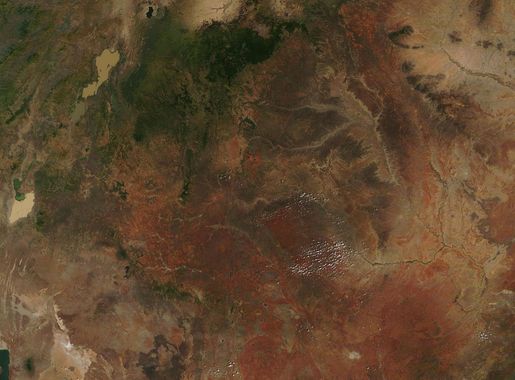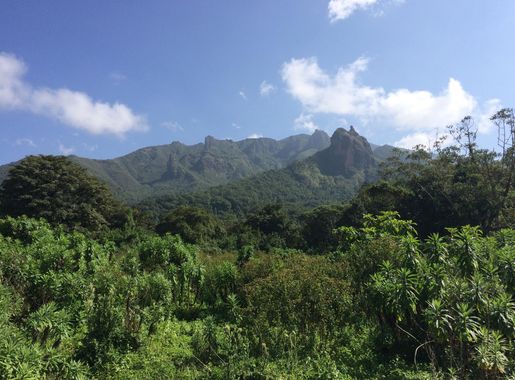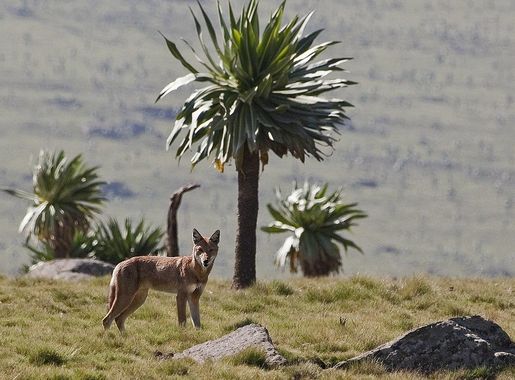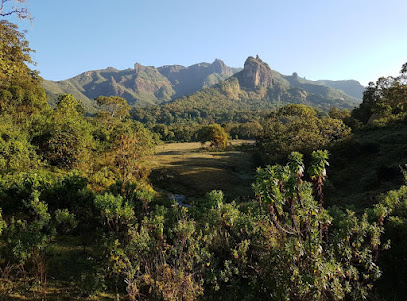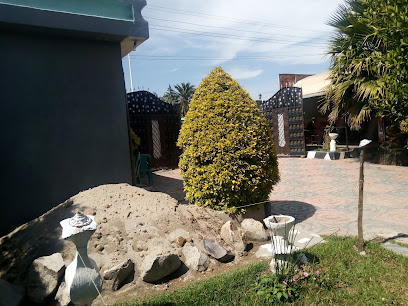
The Enchanting Bale Mountains National Park: A Jewel of Ethiopia
Explore the diverse landscapes and unique wildlife of Bale Mountains National Park, Ethiopia's hidden gem for nature enthusiasts and adventure seekers.
Bale Mountains National Park, located in the southeastern highlands of Ethiopia, is a captivating destination for nature lovers and adventurers alike. This park boasts diverse landscapes ranging from lush forests to alpine meadows and dramatic escarpments. It is home to various endemic wildlife species including the Ethiopian wolf, the mountain nyala, and the Bale monkey. Bird watchers will be thrilled with over 300 species of birds inhabiting the park, making it one of the best birding spots in Africa. One of the park's highlights is the Sanetti Plateau, sitting at over 4,000 meters above sea level. This vast, treeless expanse is often described as otherworldly. Trekking through this plateau offers breathtaking views and the chance to spot rare wildlife. The Harenna Forest, on the southern slopes of the park, provides a stark contrast with its dense, moist, and lush greenery. This forest is one of the few remaining cloud forests in Africa and is teeming with flora and fauna. Trekking and horseback riding are popular activities, allowing visitors to immerse themselves in the park's natural beauty. The park's varied terrain provides opportunities for all levels of hikers, from gentle walks to challenging climbs. Additionally, the local Bale community is known for their warm hospitality, offering cultural insights and a chance to experience traditional Ethiopian life.
Local tips in Bale Mountains National Park
- Dress in layers due to varying altitudes and weather conditions.
- Hire a local guide for a richer experience and to navigate the park safely.
- Bring binoculars for bird watching and spotting distant wildlife.
- Visit during the dry season (November to February) for easier trekking conditions.
- Stay in one of the nearby lodges or campsites to fully explore the park.
The Enchanting Bale Mountains National Park: A Jewel of Ethiopia
Bale Mountains National Park, located in the southeastern highlands of Ethiopia, is a captivating destination for nature lovers and adventurers alike. This park boasts diverse landscapes ranging from lush forests to alpine meadows and dramatic escarpments. It is home to various endemic wildlife species including the Ethiopian wolf, the mountain nyala, and the Bale monkey. Bird watchers will be thrilled with over 300 species of birds inhabiting the park, making it one of the best birding spots in Africa. One of the park's highlights is the Sanetti Plateau, sitting at over 4,000 meters above sea level. This vast, treeless expanse is often described as otherworldly. Trekking through this plateau offers breathtaking views and the chance to spot rare wildlife. The Harenna Forest, on the southern slopes of the park, provides a stark contrast with its dense, moist, and lush greenery. This forest is one of the few remaining cloud forests in Africa and is teeming with flora and fauna. Trekking and horseback riding are popular activities, allowing visitors to immerse themselves in the park's natural beauty. The park's varied terrain provides opportunities for all levels of hikers, from gentle walks to challenging climbs. Additionally, the local Bale community is known for their warm hospitality, offering cultural insights and a chance to experience traditional Ethiopian life.
When is the best time to go to Bale Mountains National Park?
Unmissable attractions to see
Holqa Soof Umar(Sof Omar Cave)
Explore the breathtaking Sof Omar Cave in Ethiopia, a natural wonder known for its stunning formations and rich cultural significance.
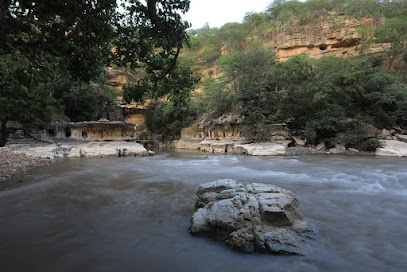
Bishangari Eco lodge
Discover the serene beauty and rich biodiversity at Bishangari Eco Lodge, a haven for bird watchers and nature lovers in Ethiopia.

Bale Mountains HQ
Discover the breathtaking Bale Mountains HQ, where stunning landscapes and diverse wildlife await in the heart of Ethiopia's natural beauty.
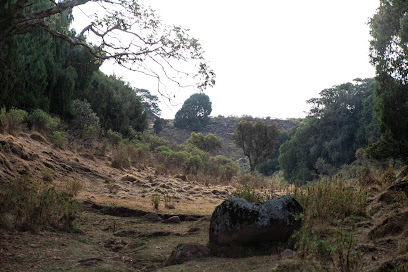
Bale Mountains Brilliant Tour
Explore the breathtaking Bale Mountains National Park, a UNESCO World Heritage site rich in biodiversity and cultural heritage.

Entrance Gate Abijata Shalla Lakes National Park
Explore the stunning landscapes, diverse wildlife, and unique ecosystems of Abijata Shalla Lakes National Park, a true gem of Ethiopia.
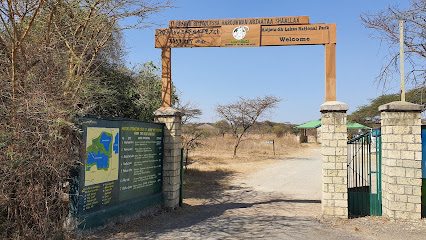
Bale Mountains Homestay (Dinsho)
Explore the breathtaking Bale Mountains at Bale Mountains Homestay, your perfect retreat for adventure and relaxation in Ethiopia's stunning landscapes.
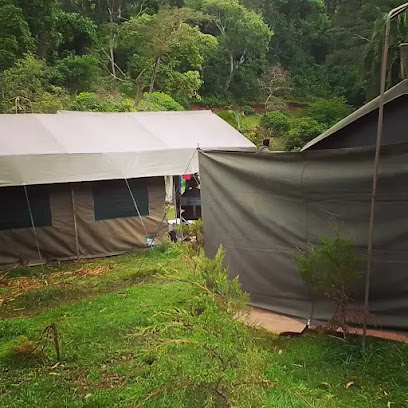
Bale Mountains National Park Buildings
Explore the breathtaking landscapes and rich biodiversity of Bale Mountains National Park, a true gem of Ethiopian eco-tourism.
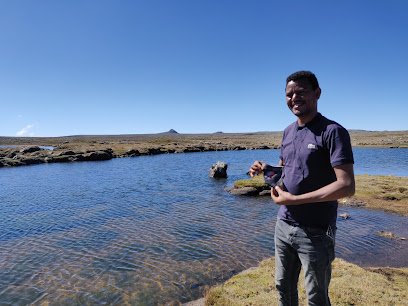
Lephis waterfall(best eco toursim village of 2023)
Experience the breathtaking beauty of Lephis Waterfall, an eco-tourism gem in Shashemene, Ethiopia, where nature and culture unite in harmony.
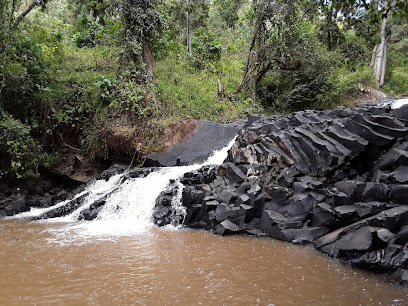
Bale mauntain
Discover the breathtaking landscapes and unique wildlife of Bale Mountain National Park, a haven for adventure seekers and nature lovers in Ethiopia.
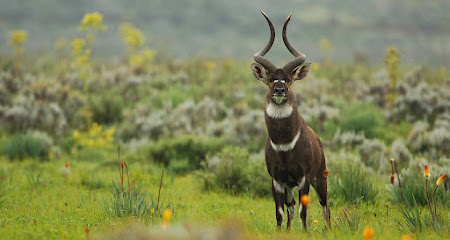
Robe Greenery Park
Experience the natural beauty and tranquility of Robe Greenery Park, the perfect retreat for relaxation and outdoor activities in Ethiopia.

Oyruu Xaahaa huseen
Explore Oyruu Xaahaa Huseen, a tranquil garden in Agarfa, perfect for relaxation, photography, and experiencing nature's beauty.

Fincha Habera Waterfall
Explore the breathtaking Fincha Habera Waterfall in Dinsho, a stunning natural wonder nestled in Ethiopia's national forest, perfect for nature lovers and adventurers.
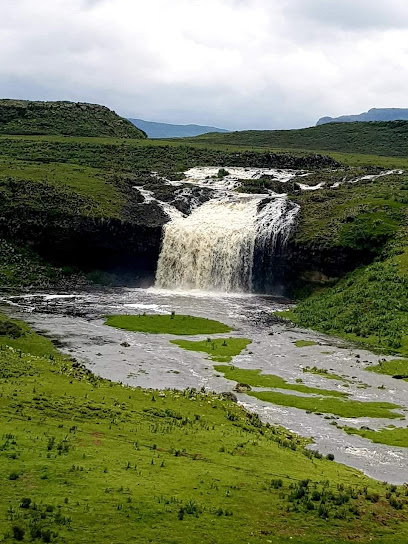
Bale Mountains Dinsho Tours
Discover the breathtaking beauty and rich biodiversity of Bale Mountains with Dinsho Tours, a unique adventure in Ethiopia's stunning landscapes.

The mystical Harenna Forest
Explore the enchanting Harenna Forest, a national treasure in Ethiopia, offering breathtaking landscapes, diverse wildlife, and serene hiking trails.
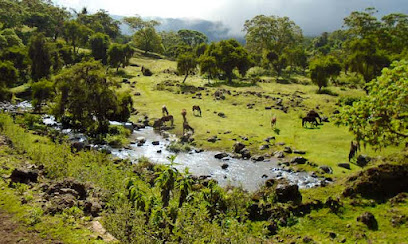
Xabala Fuurmee (Dawaa Uumamaa)
Experience the tranquility and natural beauty of Xabala Fuurmee, a hidden Ethiopian treasure perfect for cultural exploration and relaxation.

Essential places to dine
Markets, malls and hidden boutiques
Diya fashion
Discover the essence of Ethiopian fashion at Diya Fashion, where style meets tradition in the heart of Robe.
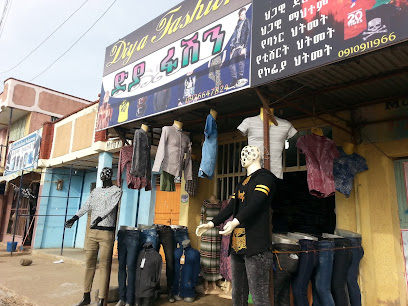
Robe
Experience the delightful flavors of Robe Bakery, where fresh ingredients and traditional recipes come together for an unforgettable treat.
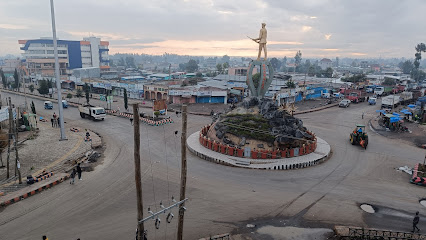
Abdee Market
Discover the flavors and culture of Ethiopia at Abdee Market, a vibrant grocery store in Robe offering fresh produce and local delicacies.

Abduu shop
Discover unique local products and authentic Ethiopian crafts at Abduu Shop in Robe, a must-visit destination for travelers.

Mu'aaz
Experience shopping and local culture at Mu'aaz Shopping Mall in Robe, Ethiopia - a perfect blend of retail, dining, and entertainment.

Fileebar Balacee
Discover unique clothing styles and local designs at Fileebar Balacee, a vibrant clothing store in Town, Ethiopia.

Abri Movie Gallery
Explore Abri Movie Gallery: Your destination for the latest electronics and a taste of Ethiopian culture in Bale Robe.

Tete shop
Explore Tete Shop in Goba for unique local products and an authentic Ethiopian shopping experience.

Nasrii Shopping Center
Explore the Nasrii Shopping Center in Robe, Ethiopia - A beauty haven featuring premium cosmetics and personal care products for every beauty enthusiast.

Henok
Discover charming baby clothing at Henok in Robe, where style meets comfort for your little ones. Perfect for stylish parents on the go.
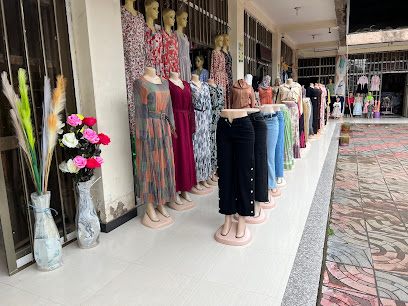
ZELALEM TORSHION
Explore fashionable footwear at Zelalem Torshion in Robe, Ethiopia, offering a wide selection for every style and occasion.

Buutikii ISTAANBUUL
Experience the vibrant fusion of traditional Ethiopian fashion and modern styles at Buutikii ISTAANBUUL in Robe, a must-visit clothing store for tourists.

misuuuuuuu
Explore Goba's vibrant local store for authentic crafts, snacks, and a taste of Ethiopian culture, perfect for tourists seeking unique experiences.

BILAAL
Explore BILAAL in Ali, Ethiopia for unique gifts and local crafts that embody the rich culture and artistry of the region.

Muktii
Explore Muktii in Hadheba for an authentic shopping experience, showcasing the rich craftsmanship and culture of Ethiopia.

Essential bars & hidden hideouts
Mebon bar and restorant
Savor the rich flavors of Ethiopian cuisine at Mebon Bar and Restaurant, located in the heart of Robe.
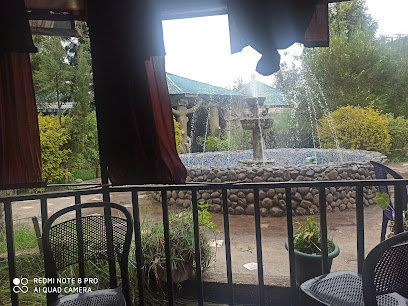
Madda Walabu University, Students' Lounge
Discover the vibrant atmosphere of Madda Walabu University's Students' Lounge, a perfect blend of relaxation and cultural exchange.

Welmel Caffe and Restaurant
Discover authentic Ethiopian flavors at Welmel Caffe and Restaurant in Robe, where culinary excellence meets warm hospitality.

Keteketa Grocery
Experience the vibrant local culture at Keteketa Grocery, a must-visit bar in Goba, Ethiopia, known for its lively atmosphere and traditional drinks.

Bil-Afiya Restaurant
Discover the authentic flavors of Ethiopia at Bil-Afiya Restaurant in Robe, a culinary haven for tourists seeking traditional cuisine.

Harar Bar&Restaurant
Experience authentic Ethiopian cuisine at Harar Bar & Restaurant in Robe, where flavors and traditions unite in a vibrant dining atmosphere.

ILAAMEE ኢላሜ
Discover the vibrant atmosphere of ILAAMEE ኢላሜ, a local bar in Robe, Ethiopia, blending traditional flavors with a lively social scene.

SHE'LL
Discover the culinary delights of SHE'LL in Robe, where local flavors meet a warm coastal ambiance for an unforgettable dining experience.

Bari domestic work
Experience the lively charm of Bari Domestic Work, a vibrant bar in Boqoji offering a delightful selection of drinks in a cozy atmosphere.

MUHE BARAKA
Experience the authentic flavors of Ethiopia at MUHE BARAKA, a culinary gem in Robe, renowned for its exquisite local dishes and warm hospitality.

Awrares
Experience the authentic taste of Ethiopia at Awrares in Robe, where every dish is a celebration of rich flavors and local ingredients.

Mesfin Tolasa
Experience the vibrant nightlife at Mesfin Tolasa, the premier bar in Ethiopia for locals and travelers alike.

hibret family
Discover the heart of Ethiopian hospitality at Hibret Family Lounge, a cozy retreat in Robe with authentic flavors and a welcoming atmosphere.

Bahri caffo
Experience the warm hospitality and refreshing ambiance at Bahri Caffo, Agarfa's charming bar for tourists and locals alike.

Amane
Experience the vibrant nightlife of Asasa at Amane, a lively bar offering a diverse drink selection and a welcoming atmosphere.

Local Phrases about Bale Mountains National Park
-
- HelloSelam
[sɛˈlɑm] - GoodbyeBaleeta
[bɑˈliːtə] - YesEe
[iː] - NoAya
[ˈɑjɑ] - Please/You're welcomeMinamin
[miˈnɑmin] - Thank youNagaya
[nɑˈgɑjɑ] - Excuse me/SorryNagaya
[nɑˈgɑjɑ] - How are you?Alemnew?
[ɑlɛmˈnɛw] - Fine. And you?Dehna ne? Alemnew?
[dɛhˈnɑ nɛ ɑlɛmˈnɛw] - Do you speak English?Inglizen yaleh?
[iŋˈglizɛn ˈjɑlɛh] - I don't understandFahmechalle
[fɑhmɛˈt͡ʃɑlːɛ]
- HelloSelam
-
- I'd like to see the menu, pleaseMenyu yemesayal
[mɛnju jɛmɛˈsɑjɑl] - I don't eat meatNegey wot matfat
[nɛˈgɛj wot mɑtˈfɑt] - Cheers!Tena yistilign
[ˈtɛnɑ jɪsˈtɪlɪɲ] - I would like to pay, pleaseBirr yebalal
[bɪr jɛbɑˈlɑl]
- I'd like to see the menu, pleaseMenyu yemesayal
-
- Help!Baleshu
[bɑˈlɛʃu] - Go away!Yetebark
[jɛtɛˈbɑrk] - Call the Police!Bene Polis iko
[bɛnɛ poˈlis ˈiko] - Call a doctor!Bene doctor iko
[bɛnɛ ˈdɑktɔr ˈiko] - I'm lostBalechale
[bɑˈlɛt͡ʃɑlːɛ] - I'm illEj jib aleh
[ɛd͡ʒ d͡ʒib ˈɑlɛh]
- Help!Baleshu
-
- I'd like to buy...Itifatachane
[itˈifɑtɑt͡ʃɑnɛ] - I'm just lookingBiragu
[biˈrɑgu] - How much is it?Si guram?
[si ˈgurɑm] - That's too expensiveYaleh kush
[ˈjɑlɛh kuʃ] - Can you lower the price?Guram yeteker
[gurɑm jɛtɛˈkɛr]
- I'd like to buy...Itifatachane
-
- What time is it?Yetehonu min?
[jɛtɛˈhonu min] - It's one o'clockAnde tagetu
[ˈɑndɛ tɑˈgɛtu] - Half past (10)Asa tisa
[ˈɑsɑ tisɑ] - MorningBereha
[bɛˈrɛhɑ] - AfternoonHoru
[ˈhoru] - EveningSeyo
[ˈsɛjo] - YesterdayEne
[ˈɛnɛ] - TodayNes
[nɛs] - TomorrowNech
[nɛt͡ʃ] - 1Ande
[ˈɑndɛ] - 2Hulet
[huˈlɛt] - 3Sost
[sost] - 4Arat
[ˈɑrɑt] - 5Amist
[ɑmist] - 6Sidist
[sidist] - 7Sebat
[ˈsɛbɑt] - 8Semenawit
[sɛmɛnɑˈwit] - 9Zetegn
[zɛtɛgˈn] - 10Asra
[ˈɑsrɑ]
- What time is it?Yetehonu min?
-
- Where's a/the...?Wey nege?
[wɛj nɛgɛ] - What's the address?Ye metoche wond?
[jɛ mɛˈtoʧ wond] - Can you show me (on the map)?Yemibalun?
[jɛmɪˈbɑlun] - When's the next (bus)?Awalo awto?
[ɑˈwɑlo ˈɑwto] - A ticket (to ....)Tiket le...
[ˈtikɛt lɛ]
- Where's a/the...?Wey nege?
History of Bale Mountains National Park
-
The Bale Mountains, part of the Ethiopian Highlands, were formed millions of years ago through volcanic activities. These geological processes created the stunning landscapes we see today, including towering peaks, deep gorges, and expansive plateaus. The region's unique topography and climate have fostered a diverse range of ecosystems, making it a biodiversity hotspot.
-
Archaeological findings suggest that the Bale Mountains have been inhabited by humans for thousands of years. Early human settlers in the region were likely hunter-gatherers who relied on the abundant wildlife and natural resources. Stone tools and other artifacts found in the area provide evidence of their presence and way of life.
-
The Oromo people, one of Ethiopia's largest ethnic groups, have a long-standing connection to the Bale Mountains. Their traditional way of life, including pastoralism and agriculture, has shaped the cultural landscape of the region. The Oromo have a rich oral history, traditional music, and dance, which are integral to their cultural identity.
-
Bale Mountains National Park was officially established in 1970 to protect its unique ecosystems and wildlife. The park covers an area of approximately 2,200 square kilometers and is managed by the Ethiopian Wildlife Conservation Authority. Its establishment marked a significant step in the conservation of Ethiopia's natural heritage.
-
The Bale Mountains National Park is home to a remarkable array of flora and fauna, including several endemic species such as the Ethiopian wolf and the Bale monkey. Conservation efforts have focused on protecting these species and their habitats. The park's diverse ecosystems, ranging from alpine meadows to dense forests, support a wide variety of plant and animal life.
-
The Sanetti Plateau, one of the highest points in the park, is a key feature of the Bale Mountains. At an elevation of over 4,000 meters, it is one of the few places in Africa where one can experience an alpine climate. The plateau is known for its stunning vistas, unique flora, and as a critical habitat for the endangered Ethiopian wolf.
-
The Bale Mountains have historically been a crossroads for trade routes connecting different regions of Ethiopia. These routes facilitated the exchange of goods, cultures, and ideas. Traders would navigate the challenging terrain to transport commodities such as coffee, spices, and livestock, contributing to the region's economic and cultural development.
-
Today, Bale Mountains National Park is a major destination for eco-tourism and adventure travel. Visitors are drawn to its breathtaking landscapes, rich biodiversity, and opportunities for trekking, birdwatching, and wildlife observation. The park plays a crucial role in promoting sustainable tourism and generating income for local communities.
Bale Mountains National Park Essentials
-
Bale Mountains National Park is located in southeastern Ethiopia. The nearest major city is Addis Ababa, the capital of Ethiopia, which is approximately 400 kilometers away. From Addis Ababa, you can take a domestic flight to Robe Goba Airport, which is the closest airport to the park. Alternatively, you can travel by car or bus, with the journey from Addis Ababa taking around 7 to 8 hours by road. The drive offers scenic views but be prepared for some rough patches along the way.
-
Within the Bale Mountains National Park, transportation options include 4x4 vehicles, which are highly recommended due to the rugged terrain. Local guides are available for hire and can provide transportation as well as expertise on the best routes and sights. Public transport is limited, so renting a vehicle or arranging for a guided tour is advisable for a more convenient and comprehensive exploration of the park.
-
The official currency in Ethiopia is the Ethiopian Birr (ETB). Credit cards are not widely accepted in rural areas, including Bale Mountains National Park, so it is advisable to carry sufficient cash for your trip. ATMs are available in larger towns such as Robe and Dinsho, but it is best to withdraw enough cash in Addis Ababa before heading to the park. Some hotels and larger lodges may accept credit cards, but this is not guaranteed.
-
Bale Mountains National Park is generally safe for tourists. However, standard travel precautions should be taken. Avoid walking alone at night, especially in unfamiliar areas. Keep an eye on your belongings, particularly in crowded places. While the park itself is safe, the surrounding areas can sometimes have higher crime rates, so staying in established lodges and campsites is recommended. Always check the latest travel advisories before your trip.
-
In case of emergency, the Ethiopian emergency number to dial is 911. Medical facilities in the park are limited, so it is crucial to have travel insurance that covers medical emergencies. For minor health issues, basic first aid supplies are available at some lodges and campsites. The nearest hospital is in Robe, which is about an hour's drive from the park's headquarters. It is advisable to carry a basic first aid kit and any necessary medications with you.
-
Fashion: Do dress in layers and bring waterproof clothing, as the weather can be unpredictable. Avoid wearing flashy jewelry or expensive items. Religion: Do respect local customs and traditions. When visiting religious sites, dress modestly and act respectfully. Public Transport: Public transportation within the park is limited. If you use it, be respectful and patient. Greetings: Do greet locals with a friendly 'Salam' or a handshake. Eating & Drinking: Do try local dishes and accept food offerings graciously. Don’t drink tap water; always opt for bottled or purified water.
-
To experience Bale Mountains National Park like a local, consider hiring a local guide who can offer unique insights and take you to lesser-known spots. Visit local markets in nearby towns like Robe to purchase fresh produce and traditional Ethiopian goods. Engage with the local communities to learn about their culture and way of life. Don’t miss the opportunity to explore the Sanetti Plateau, home to the Ethiopian wolf, and the Harenna Forest, known for its diverse wildlife and unique plant species.
Nearby Cities to Bale Mountains National Park
-
Things To Do in Arba Minch
-
Things To Do in Addis Ababa
-
Things To Do in Jinka
-
Things To Do in Harar
-
Things To Do in Dire Dawa
-
Things To Do in Debre Markos
-
Things To Do in Dikhil
-
Things To Do in Hargeisa
-
Things To Do in Ali Sabieh
-
Things To Do in Lalibela
-
Things To Do in Bahir Dar
-
Things To Do in Arta
-
Things To Do in Loyada
-
Things To Do in Djibouti City
-
Things To Do in Tadjoura


